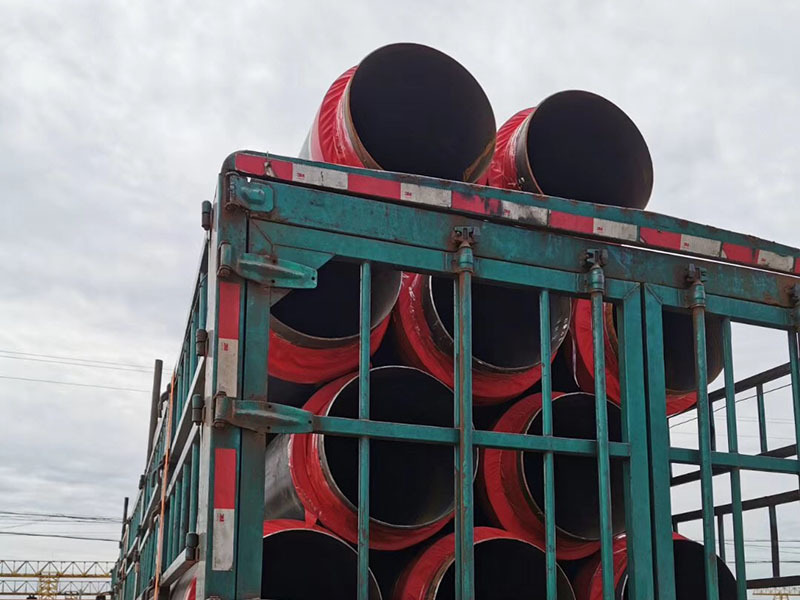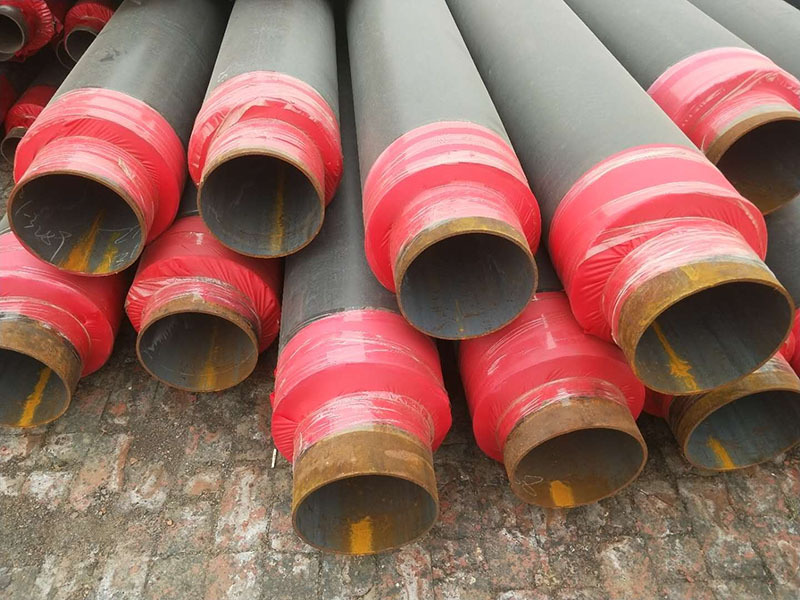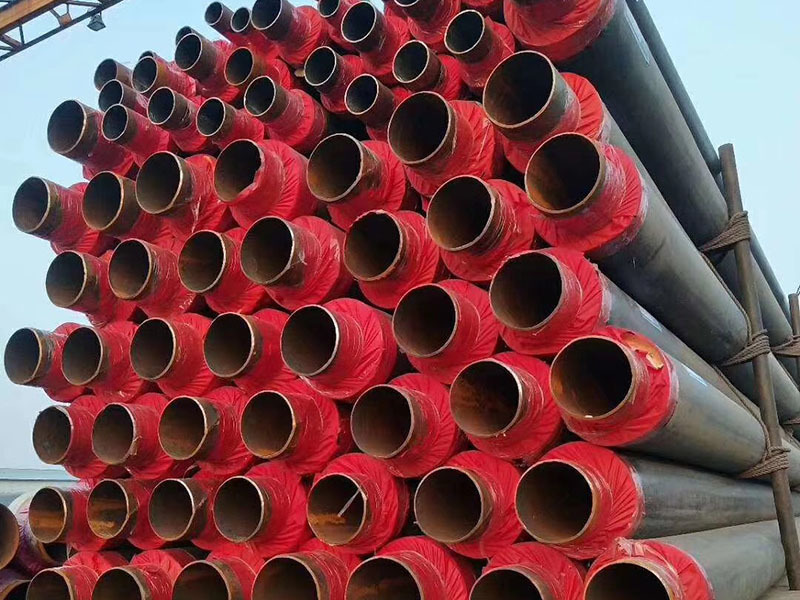Understanding Heating Polyurethane Insulation Pipes: An Essential Component in Modern Construction
Release time:
2025-05-18
Heating polyurethane insulation pipes play a vital role in modern construction, particularly in the realm of building and decorative materials. These specially designed pipes are crafted from polyurethane, a material known for its excellent thermal insulation properties. When used in various applications, they can significantly enhance energy efficiency and reduce heating costs, making them an ide
Heating polyurethane insulation pipes play a vital role in modern construction, particularly in the realm of building and decorative materials. These specially designed pipes are crafted from polyurethane, a material known for its excellent thermal insulation properties. When used in various applications, they can significantly enhance energy efficiency and reduce heating costs, making them an ideal choice for contractors and builders.
One of the primary advantages of heating polyurethane insulation pipes is their ability to maintain consistent temperatures within a system. This is particularly useful in heating applications, where the goal is to prevent heat loss and ensure that the desired temperature is achieved and maintained. With superior thermal insulation, these pipes minimize heat transfer, thereby reducing the energy needed to heat an area. This contributes not only to lower energy bills but also to a reduced carbon footprint, aligning with modern sustainability goals.
Another key benefit of heating polyurethane insulation pipes is their lightweight nature. This characteristic makes them easier to handle, transport, and install, which can lead to reduced labor costs and faster project completion times. Additionally, their flexibility allows them to be used in a variety of configurations and applications, making them a versatile choice for builders looking to optimize their designs.
Moreover, heating polyurethane insulation pipes are also resistant to moisture, which helps prevent issues such as mold and mildew. This is particularly important in construction, as moisture can lead to structural damage and health concerns. The durability of polyurethane ensures longevity and reliability, further enhancing the overall quality of the building materials used.
The applications for heating polyurethane insulation pipes extend beyond just residential buildings. They can be employed in commercial buildings, industrial settings, and even in infrastructure projects such as underground heating systems or district heating networks. This versatility makes them an invaluable resource in a wide range of construction scenarios.
As building codes and regulations increasingly emphasize energy efficiency and sustainability, the demand for heating polyurethane insulation pipes is likely to grow. Their ability to provide effective thermal insulation while being lightweight and moisture-resistant positions them as a favorable option in a market that is continually evolving toward greener solutions.
In conclusion, heating polyurethane insulation pipes are an essential component in the construction industry that offers numerous benefits. From energy savings to versatility and durability, they are paving the way for more efficient and sustainable building practices. Whether you are a builder, contractor, or architect, understanding the value of these pipes can enhance your project outcomes and contribute to a more sustainable future.
One of the primary advantages of heating polyurethane insulation pipes is their ability to maintain consistent temperatures within a system. This is particularly useful in heating applications, where the goal is to prevent heat loss and ensure that the desired temperature is achieved and maintained. With superior thermal insulation, these pipes minimize heat transfer, thereby reducing the energy needed to heat an area. This contributes not only to lower energy bills but also to a reduced carbon footprint, aligning with modern sustainability goals.
Another key benefit of heating polyurethane insulation pipes is their lightweight nature. This characteristic makes them easier to handle, transport, and install, which can lead to reduced labor costs and faster project completion times. Additionally, their flexibility allows them to be used in a variety of configurations and applications, making them a versatile choice for builders looking to optimize their designs.
Moreover, heating polyurethane insulation pipes are also resistant to moisture, which helps prevent issues such as mold and mildew. This is particularly important in construction, as moisture can lead to structural damage and health concerns. The durability of polyurethane ensures longevity and reliability, further enhancing the overall quality of the building materials used.
The applications for heating polyurethane insulation pipes extend beyond just residential buildings. They can be employed in commercial buildings, industrial settings, and even in infrastructure projects such as underground heating systems or district heating networks. This versatility makes them an invaluable resource in a wide range of construction scenarios.
As building codes and regulations increasingly emphasize energy efficiency and sustainability, the demand for heating polyurethane insulation pipes is likely to grow. Their ability to provide effective thermal insulation while being lightweight and moisture-resistant positions them as a favorable option in a market that is continually evolving toward greener solutions.
In conclusion, heating polyurethane insulation pipes are an essential component in the construction industry that offers numerous benefits. From energy savings to versatility and durability, they are paving the way for more efficient and sustainable building practices. Whether you are a builder, contractor, or architect, understanding the value of these pipes can enhance your project outcomes and contribute to a more sustainable future.
keyword:
Related News






